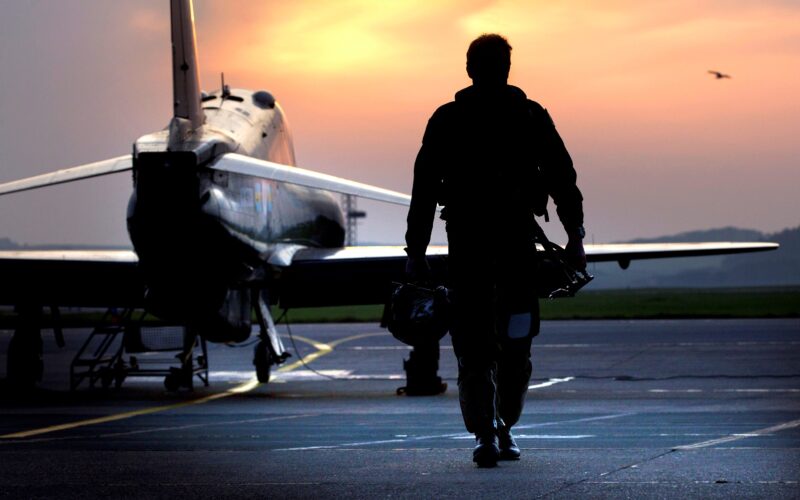British Prime Minister Rishi Sunak announced that Ukrainian fighter pilots will be trained in the United Kingdom.
The announcement was made hours before Ukrainian President Volodymyr Zelenskyy’s visit to London on February 8, 2023.
The training of Ukrainian pilots in the UK will ensure that they are ready to fly NATO-standard fighter jets in the future.
“Since 2014, the UK has provided vital training to Ukrainian forces, allowing them to defend their country, protect their sovereignty and fight for their territory,” Sunak declared in a statement. “I am proud that today we will expand that training from soldiers to marines and fighter jet pilots, ensuring Ukraine has a military able to defend its interests well into the future. It also underlines our commitment to not just provide military equipment for the short term, but a long-term pledge to stand shoulder-to-shoulder with Ukraine for years to come.”
While no final commitment to deliver western fighters has been made yet, several countries said they were open to providing Ukraine with new fighter jets, including but not limited to the F-16 Fighting Falcon. On January 24, 2022, Yurii Ihnat, the spokesperson for the Air Forces Command of the Armed Forces of Ukraine, said that military pilots had been sent to the United States for training and that the fighter jets to be delivered had been identified.
What fighter could the United Kingdom send to Ukraine?
So far, the United Kingdom has not specified which model it would be willing to provide.
In 2019, the last 17 Tornado GR4 aircraft of the Royal Air Force were retired. Developed in the 1970s by the consortium PANAVIA, the aircraft can carry a significant payload and is characterized by a variable wing and double flow reactors with thrust reversers, giving it a good performance, both in terms of speed and range. It was mainly used for air-to-ground missions from medium altitudes.
Alternatively, the Royal Air Force is also considering the retirement of 30 Eurofighter Typhoon Tranche 1 fighters. This variant of the aircraft, the eldest of the four developed, is limited to the use of air-air missiles and has very limited air-ground capabilities without the use of an external pod. Therefore, it is often limited to air superiority missions such as Quick Reaction Alert (QRA) purposes by its operators.
The announcement of their potential retirement caused debate in the United Kingdom, as it was reported that these Typhoons would be phased out after only just 42% of their useful life. Questioned by the British parliament in January 2023, BAE Systems said that an upgrade of the 30 aircraft to bring them to the Tranche 2 or Tranche 3 standard was “technically feasible.”

